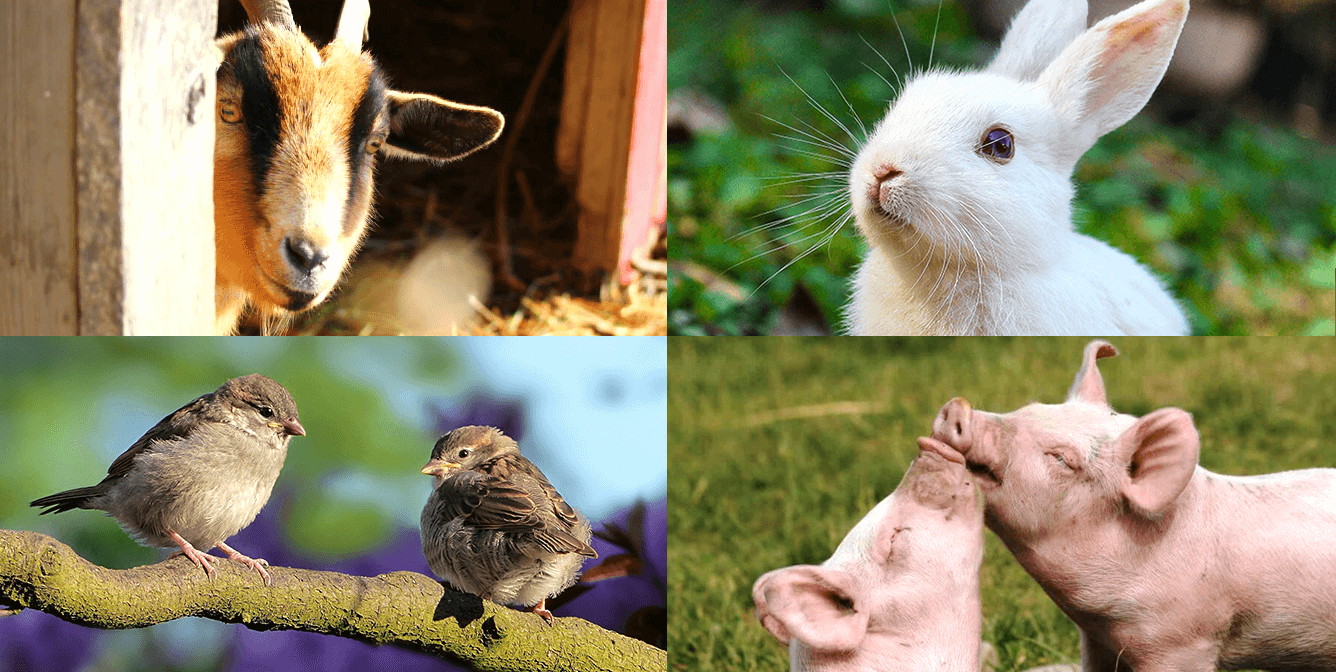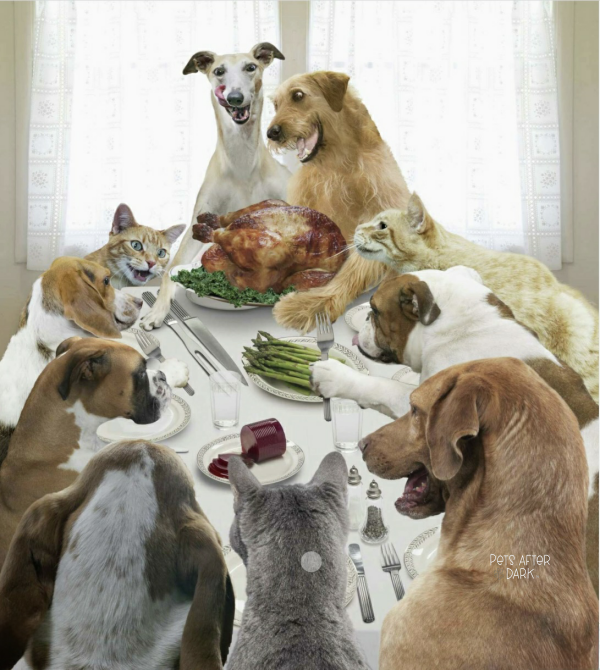
sen·tient /ˈsen(t)SH(ē)ənt/ adjective 1. able to perceive or feel things.
I recently presented at the Institute of Critical Animal Studies (ICAS) conference on “Recognizing Non-Human Animals as Sentient Beings”. I
Weeknights 7PM - Midnight
Weekends 8AM - Midnight

There are days when I update vaccines in a patient and realize that the owner has no idea what the vaccine is for but will happily comply to my recommendations. Leptospirosis is one of those illnesses that most people have heard of but very few could actually say what it is, how it is transmitted and why their pet is vaccinated for it. I then find myself going into a quick explanation of the disease in thirty seconds or less which is a terrible shame because it is such a fascinating bacteria for a nerd like me!
There are over 250 types of bacteria called leptospira that are all slightly different from each other. There are at least 6 that will cause significant clinical disease in dogs. Depending on the bacteria that infects our dog, the symptoms can be most commonly a liver or kidney infection, but can also be ocular, digestive, pulmonary, coagulation or neurological symptoms. The risk of severe infection and death is higher in younger animals, especially puppies under 6 months.
Rice field workers in ancient China used to get ill from “jaundice fever” as it was described then and is believed to have been brought to the New World by Europeans around 1620. It was first described by a German physician named Adolf Weil in 1886 who reported an acute disease with jaundice and nephritis: leptospirosis is aptly named Weil’s disease in humans.
Rodents are most commonly the vectors of this infection, but most species have been reported as carriers including livestock, raccoons , skunks , opossums and dogs just to name a few. The bacteria is transmitted by the urine of infected animals and can survive in the right environment for months before infecting a host.

Photo courtesy of the AVMA
Dogs will get infected through damp grass, standing water, mud and lakes that have been contaminated. Some animals that have been infected will never actually manifest the illness and still shed the bacteria in their urine for months to years thus perpetuating the infection.
There seems to be an uptick of infection after floods. Areas that historically get the most rain like the Appalachia see an increased concentration of cases.
As our climate changes and we see more of these torrential rains and floods the incidence of leptospirosis will undoubtedly increase which makes vaccination of all dogs of the utmost importance. It was thought that cats used to be immune to the disease. However we now know that despite rarely showing clinical signs of the illness they can still shed the bacteria in their urine, as cats are renowned rodent hunters. The bacteria is even perceived to play a role in chronic kidney disease in cats according to certain studies although that is still up for debate.
Infected dogs can transmit the infection through urine to the pet owners which becomes a public health concern. We as humans can be particularly susceptible to the disease through oral contamination or a cut. I remember a story about Cambridge University’s students in England jumping in the river Cam to celebrate the end of term, only to fall ill a few days later of acute leptospirosis infection. It had been a particularly rainy spring and pockets of livestock around the area had been deemed responsible for contamination of the river.
So the next time your veterinarian recommends that you get the “lepto vaccine”, not only will you now know what they are recommending and why, you might just find yourself Googling Banksy! 🐀
Dr. Caroline Simard-Swimmer
Medical Director and Co-Founder
Pets After Dark

I recently presented at the Institute of Critical Animal Studies (ICAS) conference on “Recognizing Non-Human Animals as Sentient Beings”. I

Every year around this time pet owners are warned about toxic foods and holiday hazards. And while it’s important to

Life on the Inside: How to Keep Indoor Cats Happy (and Out of Trouble) There’s something fascinating about how differently
Pets After Dark is a subscription-based service that provides expert, local after-hours veterinary care.